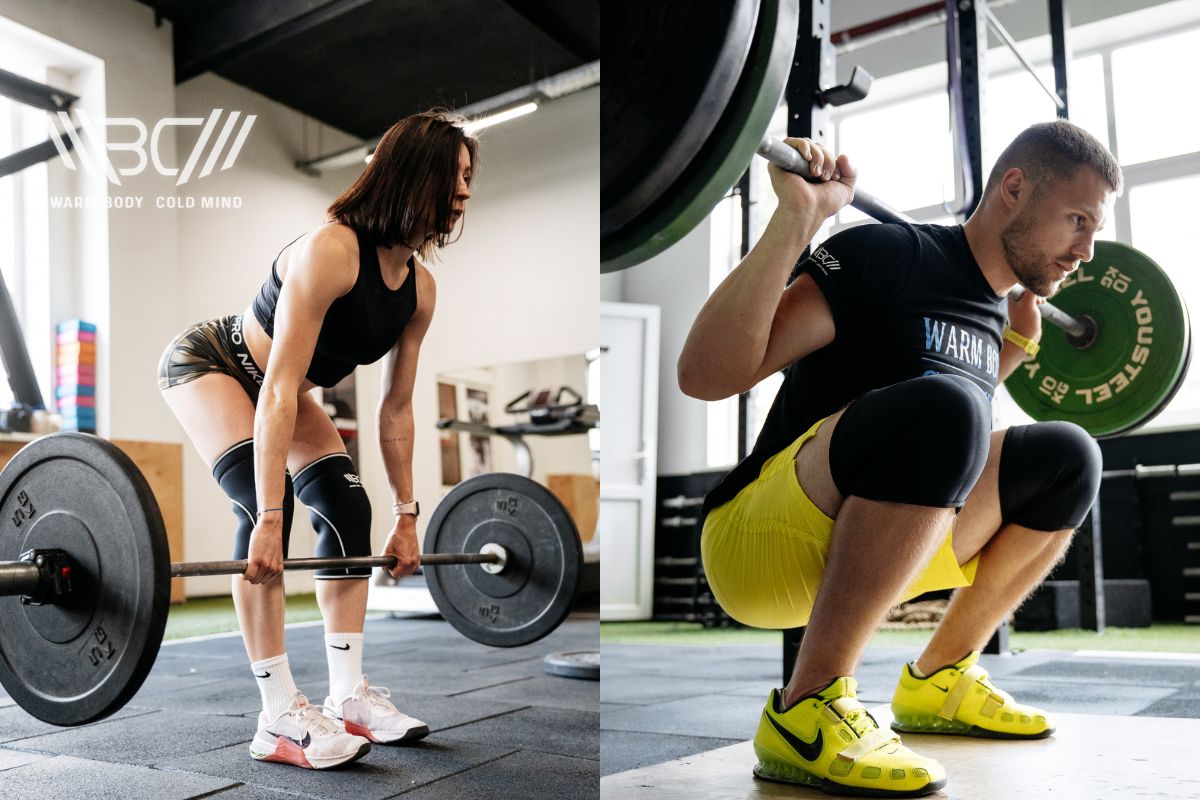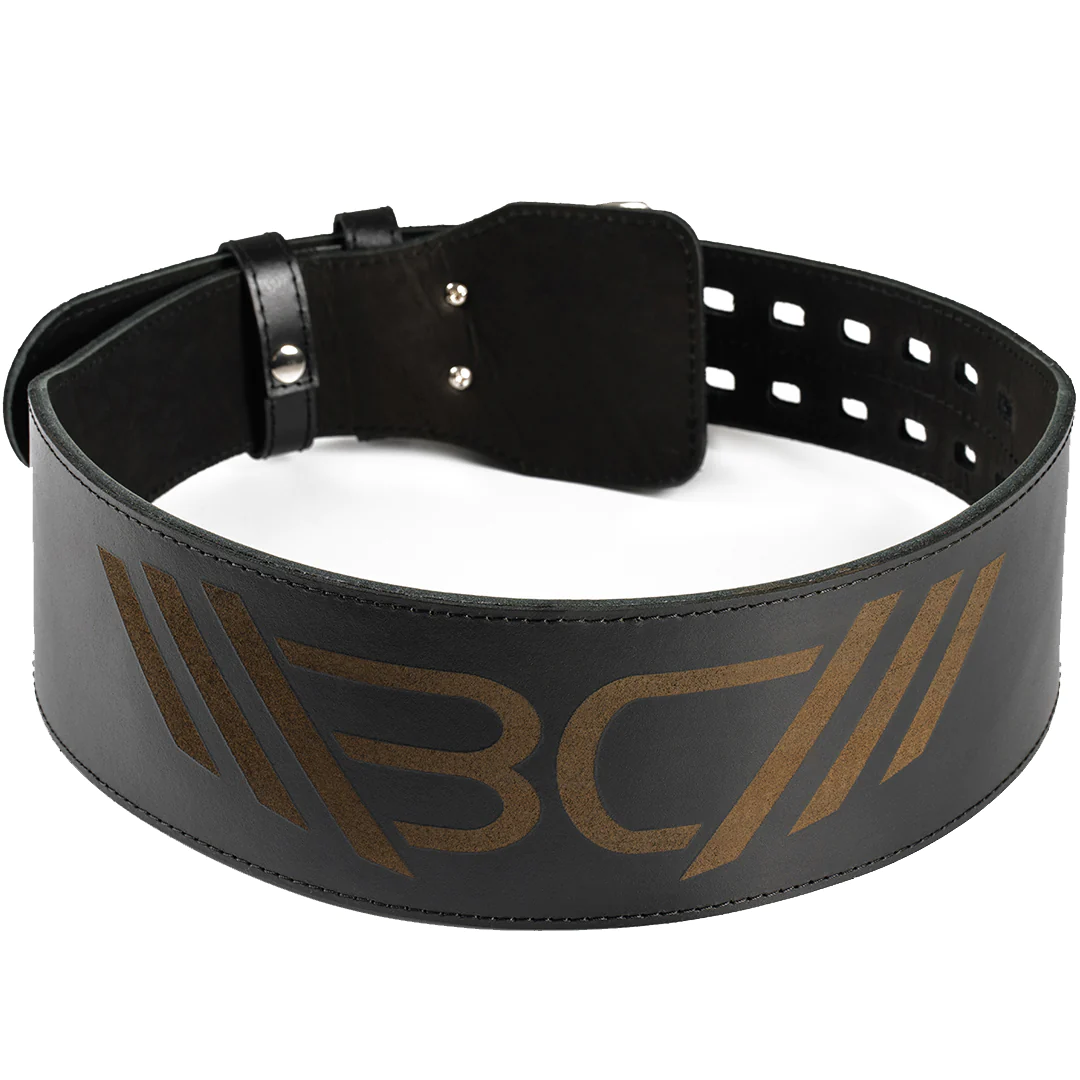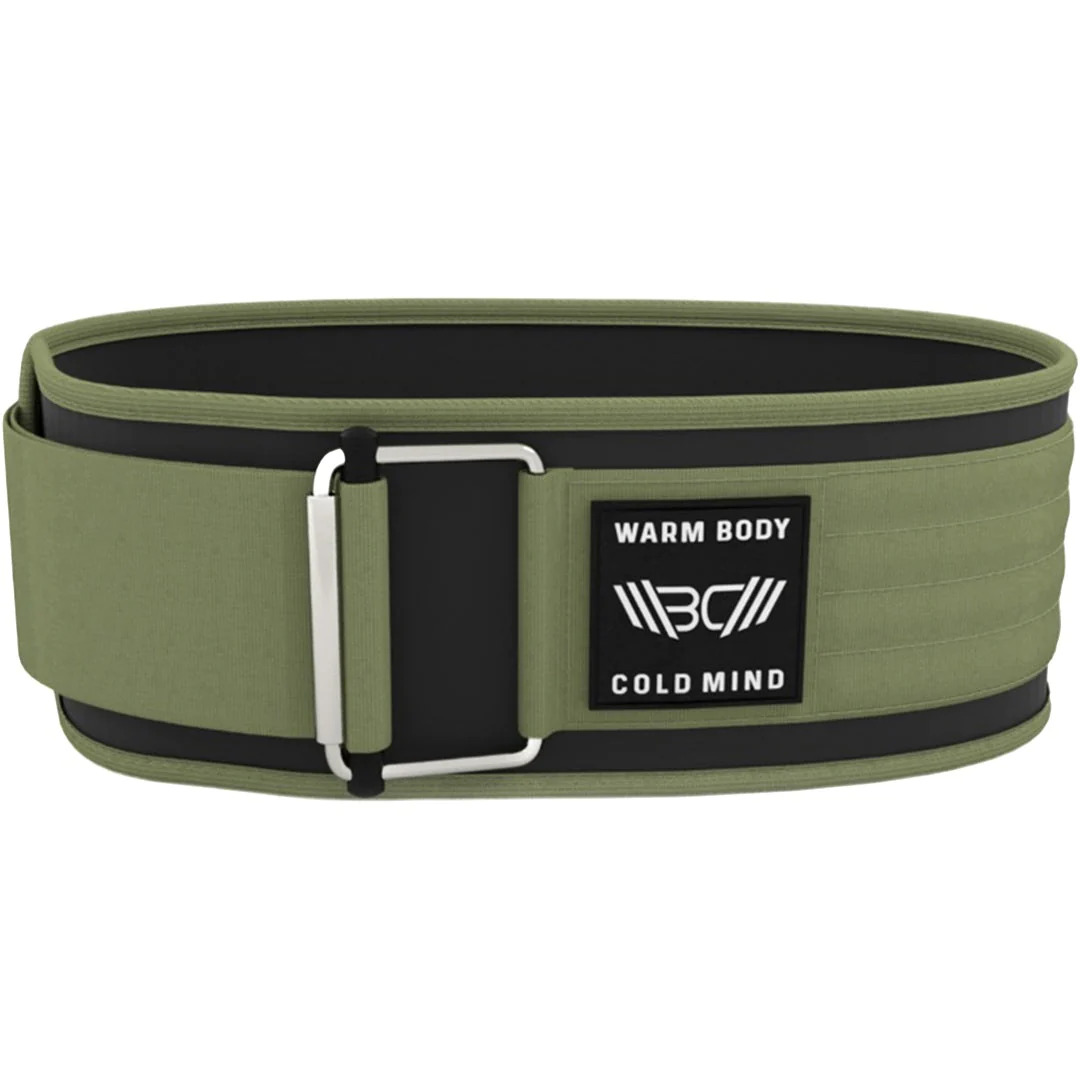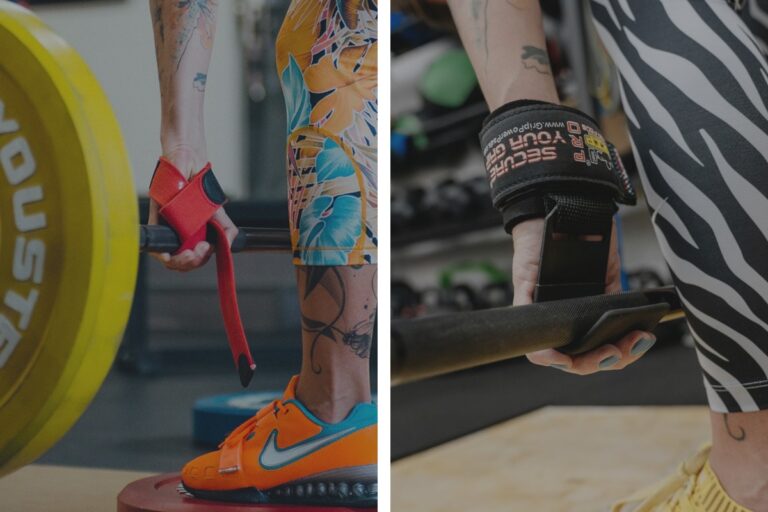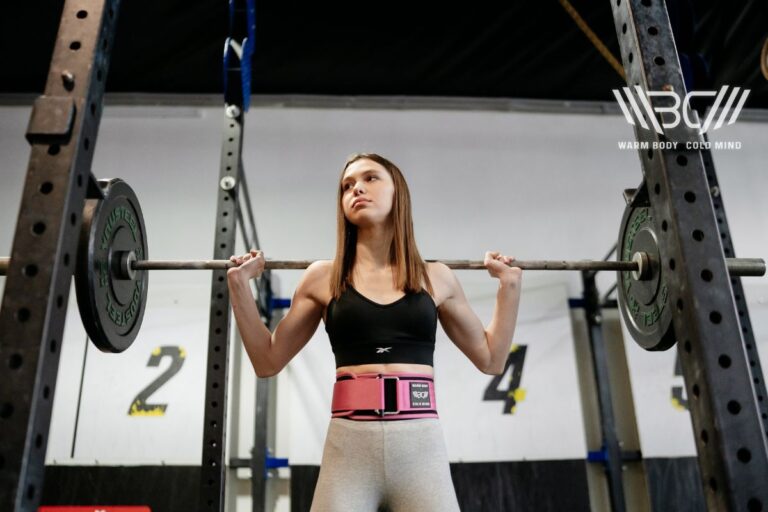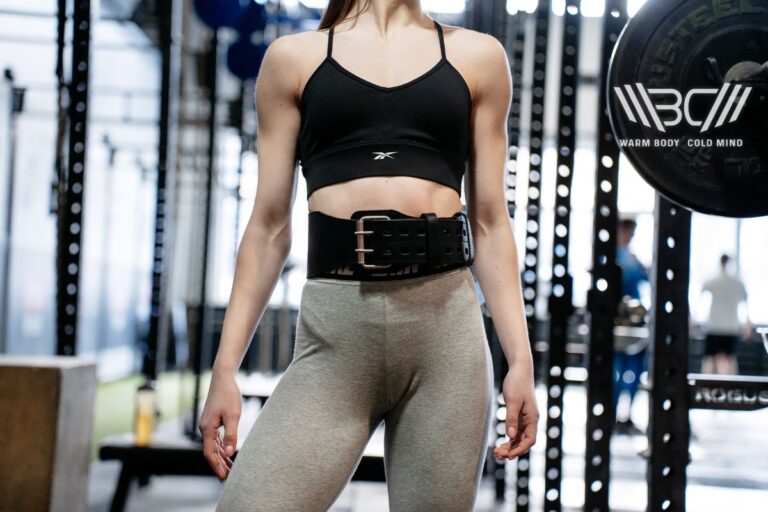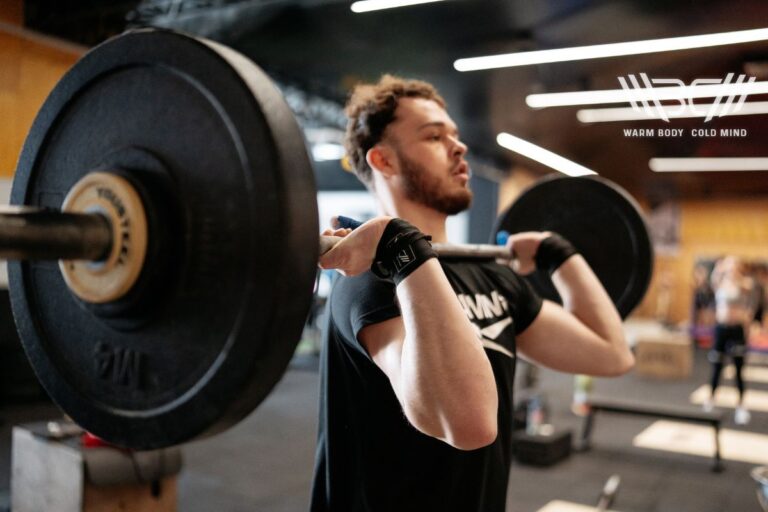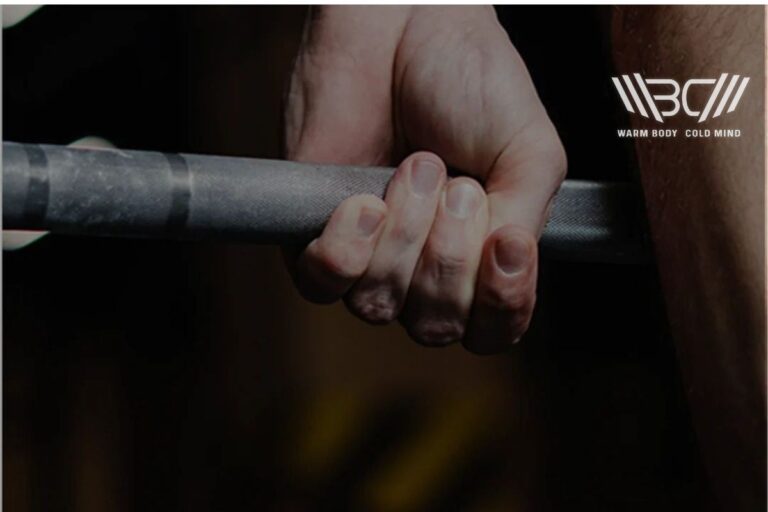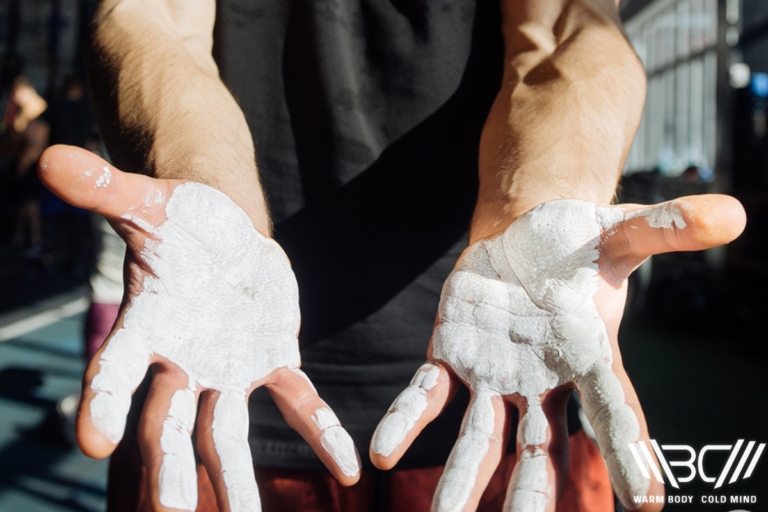Should You Squat or Deadlift First? (PhD Explains)
Imagine this: you’ve entered a room of steel and sweat for an unforgiving workout, and two beasty movements are lining up your to-do list.
Squats and deadlifts are highly constructive, challenging, and customary lifts in every strength and power setting, not to mention the contentious debate of which one is the true king. However, a more important question is about their proper sequencing. Should you squat or deadlift first?
Although squats seize an early spot in most programs, the reasoning is more complex. And according to those same reasons, you may be better off promoting your (or your client’s) deadlifts up the order.
Squat or Deadlift First? – Recreational lifters should assess which exercise mounts the greatest challenge on a given day. If your deadlifts are heavier or relatively harder to do than squats, tackle them first, and vice versa. The idea is to face the most challenging tasks with the least neuromuscular fatigue.
Squats and Deadlifts: Description and Performance Features
The deadlift is a hip hinge movement. You pull a bar from the ground to standing, while in squats, your knees bend and extend to move the weight pinned on your back. As far as the lower-body engagement goes, target muscles are the same but the distribution and concentration of the activity differ. Studies show that squats focus more on knee extensors (quadriceps), as do deadlifts on hip extensors (glutes and hamstrings).
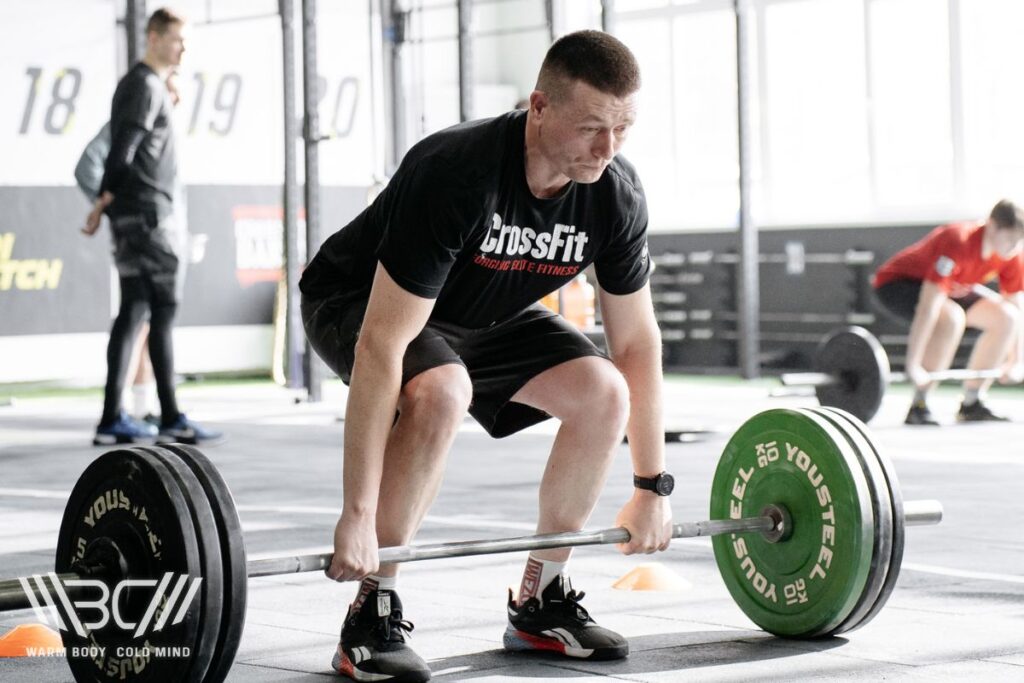
Additionally, deadlifts strengthen your upper back, core, and forearms. Squats work your core, adductors, and calves with greater joint mobility. There are multiple benefits of squats and deadlifts for full-body strength, balance, posture, sprint speed, vertical jump, and injury prevention.
Athletes and coaches treat these compound movements as complementary instead of substitutes, unless very specific adaptations are sought. They bring a substantial carryover effect to each other, Olympic lifts, general sports, and daily activities. You can progress them to crazy intensity for strength, hypertrophy, and endurance. However, deadlifts are generally reserved as max singles and doubles.
In any case, you can follow Prilepin’s Chart for progression.
| Percent of 1RM | Reps/Set | Reps/Session |
|---|---|---|
| Above 90% | 1-2 | 4-10 |
| 80%-90% | 2-4 | 10-20 |
| 70%-80% | 3-6 | 12-24 |
| Below 70% | 3-6 | 18-30 |
Should you Squat and Deadlift on the Same Day?
Unless you’re a professional lifter, you should avoid pairing maximal squats and maximal deadlifts on the same day. There are three arguments to establish this case.
1. Time Efficiency
If you program your main squats and deadlifts together, you’ll need more than two hours in the gym. A sufficient rest interval between strength sets ranges from 2 to 5 minutes. For hypertrophy and muscle growth, on the other hand, a 30-60 second break suffices. Follow this instead: max-effort squats with low-load deadlift accessories on Day 1 and heavy deadlift singles/doubles with low-effort squats on Day 2.
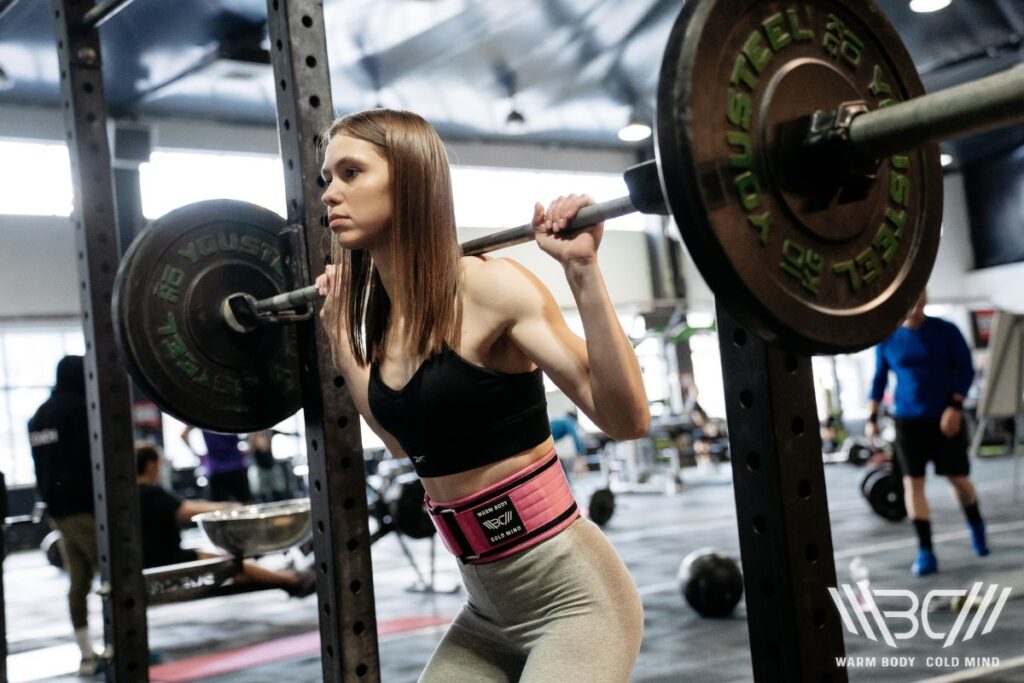
2. Acute Fatigue
There is muscular and neural fatigue. Your central nervous system employs relevant motor units (a conjunction of nerve cells and muscle fibers) to carry out contractions. It depends on chemical and electrical impulses, which degrade over time. The neuromuscular response to squats and deadlifts is identical. Your CNS may not be up for two heavy sessions in a row, involving similar muscle groups.
3. Lower Back Pain
Another downside of going heavy on your squats and deadlifts in rapid succession is the compounding strain on your back. In both moves, the lumbar spine needs a high degree of stabilization. Consider it a weak link in the kinetic chain of force transfer. Lumbopelvic injuries are held in common by all powerlifters. Wear a weightlifting belt at higher loads to reduce compressive forces and spinal injuries.

Enhance your strength training with Warm Body Cold Mind leather weightlifting belt providing exceptional support and durability.
Warm Body Cold Mind, a leading lifting accessory brand, offers two types of belts across a vast range of sizes and styles. WBCM 6mm Leather Belt offers maximum trunk rigidity and stability. Alternatively, you have WBCM 4” Nylon Belt with an artistic balance of support and flexibility.

Discover the strength of the Warm Body Cold Mind nylon lifting belt. Lightweight and durable, it provides optimal support for your workouts.
Should You Deadlift or Squat First? The Decision Criteria
Your training split featuring squats and deadlifts side-by-side would fit in any of these conditions: heavy-heavy, heavy-light, or light-heavy. We’ve already dismissed the first circumstance – going full throttle at both movements – for beginner and intermediate lifters. The ‘heavy’ and ‘light’ are relative terms, taken as a percentage to 1RM, rate of perceived exertion, or CLT/TSS scores.
1. Prioritize according to Effort: Heavy-Light
The simplest way to structure a program is to let your ‘mains’ guide. You’ll surely have some deadlift assistance exercises, such as deficit deadlifts, RDLs, rack pulls, and hip thrusts. Meanwhile, you would put on a load of 60-65% of your 1RM, since the aim is to remove sticking points and imbalances.
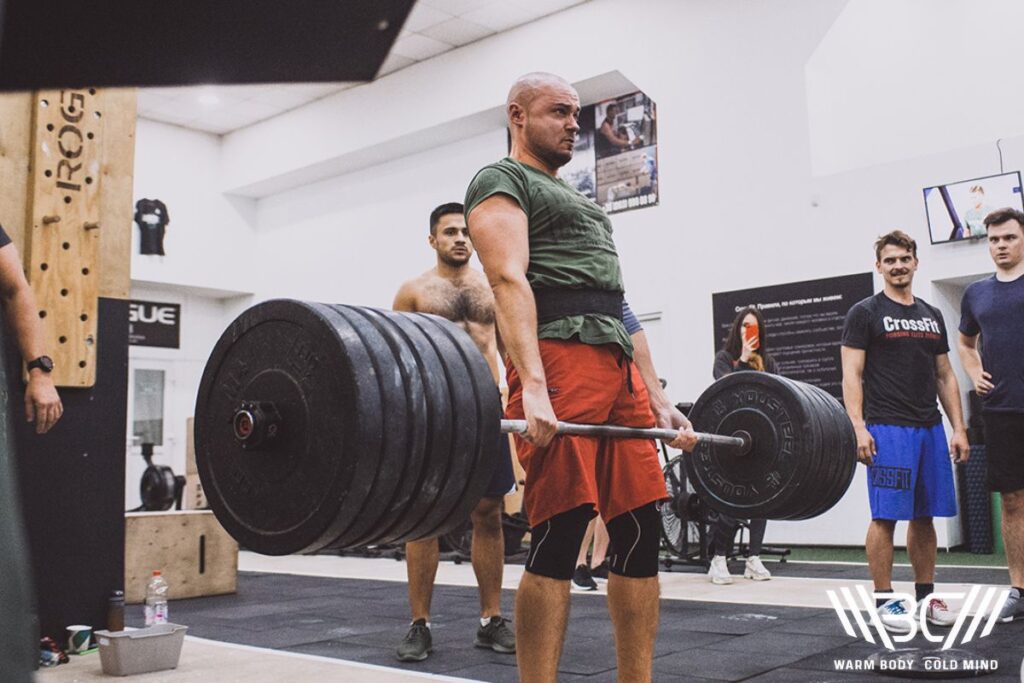
Perform these low-effort exercises after you’ve maxed out your squats, so that the demand lessens with neuromuscular fatigue. The upcoming leg day will feature your main deadlifts, directly benefiting from technique, hypertrophy, and accessory works of the erstwhile session. There, you’d slide in different squat variations like unilateral, split, speed, box, and pause.
Sample Workout (2-3 days recovery period)
Day 1
- Max Effort Squats (0-1 RIR)
- 4 x 6 Deadlifts and Variations (<65% of 1RM)
Day 2
- 4 x 1 Deadlifts (70%, 80%, 85%, >90% of 1RM)
- Low Effort Squats and Variations (18-30 total reps with 2-3 RIR)
This prioritization scheme can also apply on an entire microcycle. Suppose you have a 8-week training block to peak your deadlifts. Now, all lower-body workouts will include max deadlifts with occasional maintenance squats. If so, don’t wonder every time whether to do deadlifts before or after squats.
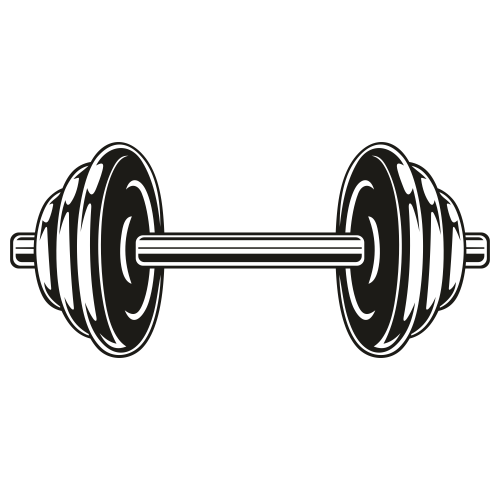
Pro Tip:
Generally, daily exercise order flows in this manner: 1) plyometric and speed, 2) strength and power, and, finally, 3) hypertrophy-focused workouts. Prioritizing your main strength WOD before moving to low-load–high-rep accessories makes sense.
2. Prioritize according to Proficiency: Tough-Easy
Some coaches don’t approve of the effort-based programming because it’s believed to account for physical effort alone. Instead, they prescribe the excellence-based model.
When your muscles are at their strongest, mind uncluttered, and energy levels fully stocked – go for tough exercises, regardless of their intensity and volume. Your tough lift makes you lag and struggle the most. So, tackling it in the beginning is reasonable. The easier or more proficient movement would appear later in the day.
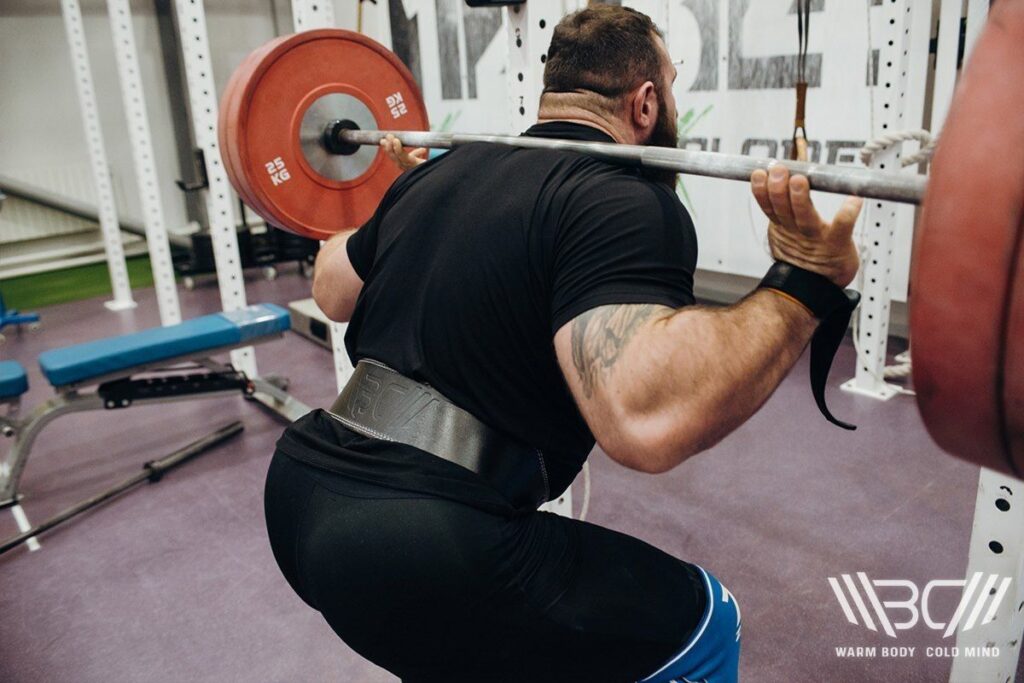
Sample Workout (2-3 days recovery; Squats are more challenging)
Day 1
- Max Effort Tough Squats (0-1 RIR)
- 4 x 6 Deadlifts and Variations (<65% of 1RM)
Day 2
- Low Effort Tough Squats (2-3 RIR)
- 4 x 1 Deadlifts (70%, 80%, 85%, >90% of 1RM)
A disadvantage of this model is its subjectivity. A lot of people find deadlifting hard. For others, it comes naturally with much less prep and thought going into it than back squats. You have to figure it out yourself. Still, a trainer can check some physical parameters and leverages.
For example, tall folks with longer femurs have a hard time hitting squat depth. Those with a weaker grip should do deadlifts early on. Those with a stiff and not-so-strong core should squat before heavy pulls.
Subscribe!
Get useful tips, expert insights, and in-depth analysis of training programs & nutrition plans to get the most out of your performance.
3. Prioritize according to Competition: Squat-Deadlift
The ambivalence of doing a squat before or after deadlifts is decidedly solved with competitions. In powerlifting meets, you have to execute Big 3 lifts: squats, benches, and deadlifts — in the same order on the same day. Depending on the number of flights in the competition, you’ll wind up all three lifts and nine attempts within an hour or two.
Therefore, acclimating yourself with rigorous SBD days is necessary, wherein you’ll smash maximal squats and deadlifts for limited reps and short intervals. Squats would come first, and deadlifts at last. This you’d do about a month prior to the event. A normal training split will suffice, otherwise.
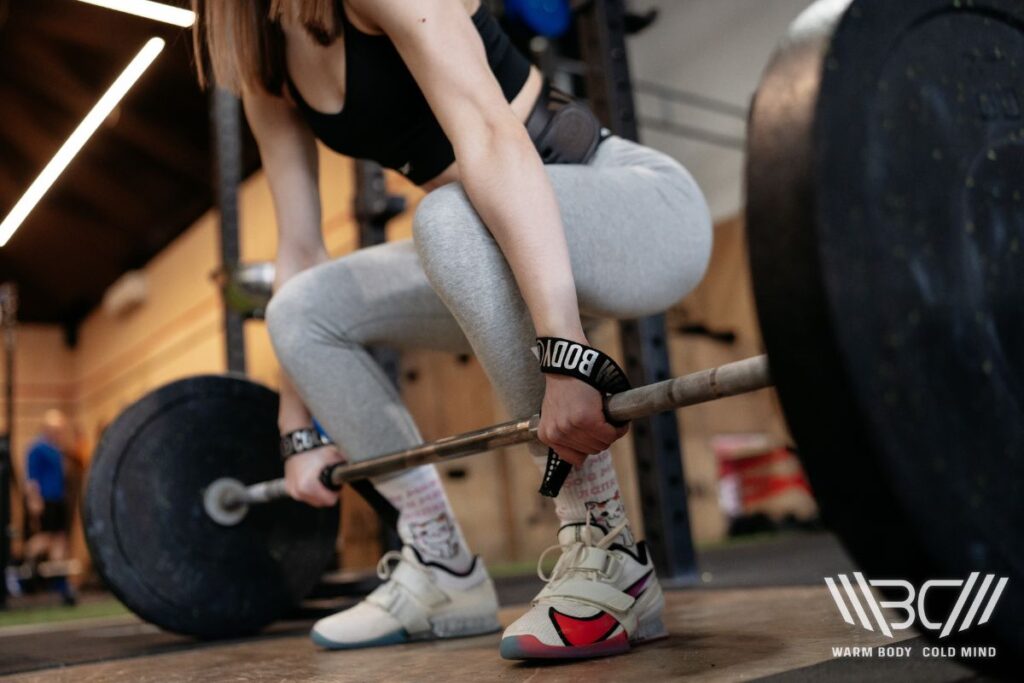
Sample SBD Workout (7 days recovery; add bench press in the middle)
Day 1
- Max Effort Squats @7-9 RPE (0-1 RIR)
- 3 x 2 (65%-85% of 1RM), 3 x 1 Deadlifts (>85% of 1RM)
You can surely add a secondary leg day in the week with isolation movements for quads, hams, and glutes. Pendlay rows, lat pull-downs, hamstring curls, and leg presses are popular exercises.

Pro Tip:
Phase out of accessories banned under concerned governing federation’s rules. For instance, IPF and USAPL don’t allow lifting straps (deadlifters’ fav) and knee wraps (squatters’s fav). However, using weight belts, knee sleeves, and wrist wraps is approved.
FAQ
Can Deadlifts Replace Squats?
No, squats and deadlifts can’t replace each other. One is hip-dominant; the other is knee-dominant. They certainly overlap, but nobody wants monotony in their routine. Look at them as two pillars of an effective leg and core workout. Are deadlifts or squats better? Can one displace another? These are not meaningful questions.
Should You Deadlift More Than You Squat?
Most athletes have bigger deadlifts than squats due to shortened range of motion and time under tension. The other way around is rare but possible. Those who have shorter femurs compared to tibia and torso are good at squatting deep. Plus, certain spinal injuries rule out deadlifts, not squats. Lastly, powerlifting suits used in equipped divisions help squats more than deadlifts.
Conclusion
So, should you squat or deadlift first? Let’s make a summary.
- First, you shouldn’t pair maximal attempts of both lifts on the same day, with an exception for professional lifters or super-busy folks.
- Secondly, you’ll still have low-load sets to improve your technique, speed, muscle growth, etc. Pair these low-effort accessories of one exercise with the training max of another.
- Thirdly, you can simply arrange them according to the muscular demand or your level of expertise and proficiency. Henceforth, you’ll tackle the heaviest or hardest exercise earlier in the day while knowing that you’ll be drained for the following movements.
Whenever in doubt, hire an experienced coach to help you with proper sequencing and structuring. Since training similar muscle groups accumulate physical and mental fatigue, the program must be seen as a whole.
Give us an outline of your weekly circuit. Do you do deadlifts before or after squats? And is one of these apparently tougher for you? We’ll wait for your views in the comment section.
References:
- Edit Strömbäck, Ulrika Aasa, Kajsa Gilenstam, Lars Berglund, “Prevalence and Consequences of Injuries in Powerlifting: A Cross-sectional Study,” Orthop J Sports Med 6, no. 5 (2018).
- Idsart Kingma, Gert S. Faber, Edin K. Suwarganda, Tom B. M. Bruijnen, Rob J. A. Peters, Jaap H. van Dieën, “Effect of a Stiff Lifting Belt on Spine Compression during Lifting,” Spine (Phila Pa 1976) 31, no. 2 (2006):833-9.
- J. Willardson, “A Brief Review: Factors Affecting the Length of the Rest Interval Between Resistance Exercise Set,” J Strength Cond Res 20, no. 4 (2006):978-84.
- Kevin H. Choe, Jared W. Coburn, Pablo B. Costa, Derek N. Pamukoff, “Hip and Knee Kinetics During a Back Squat and Deadlift,” J Strength Cond Res 35, no. 5 (2021):1364-71.
- Luke Del Vecchio, Hays Daewoud, Shannon Green, “The Health and Performance Benefits of the Squat, Deadlift and Bench Press,” MOJ Yoga Physical Ther 3, no. 2 (2018):40-47.
- Matthew J. Barnes, Adam Miller, Daniel Reeve, Robin J. C. Stewart, “Acute Neuromuscular and Endocrine Responses to Two Different Compound Exercises: Squat vs. Deadlift,” J Strength Cond Res 33, no. 9 (2019):2381-8.
- All photos are made by WBCM Media team.
Author: Sergii Putsov
PhD in Sport Science, Olympic weightlifting, Strength & Conditioning coach and fitness expert
Sergii Putsov is a professional weightlifter with over 20 years of experience and multiple national medals. He was a member of the National weightlifting team, competing in the 94 kg weight class. Sergii holds a master’s degree in Olympic & Professional Sport Training and a Ph.D. in Sport Science. After his athletic career, Sergii transitioned into coaching and is now responsible for designing training programs, writing blog articles, providing live commentary for international weightlifting competitions, and hosting sport and fitness seminars worldwide.

